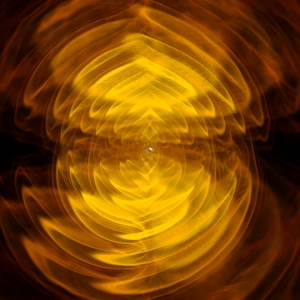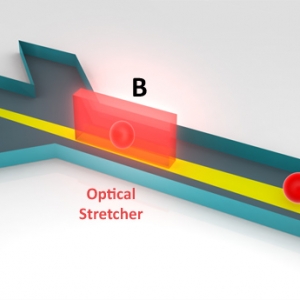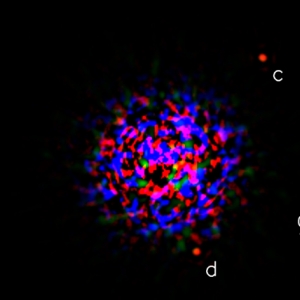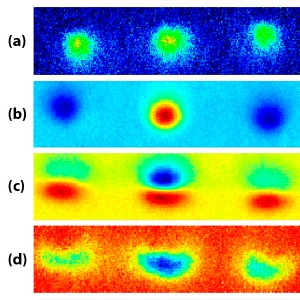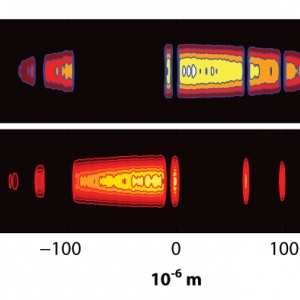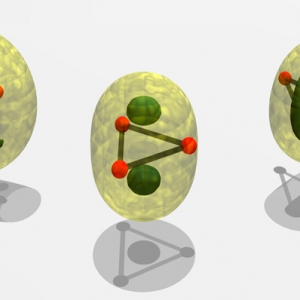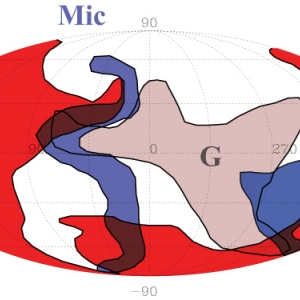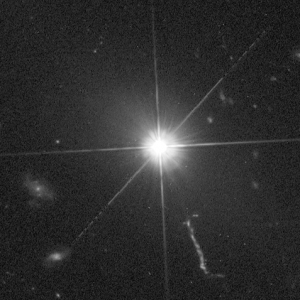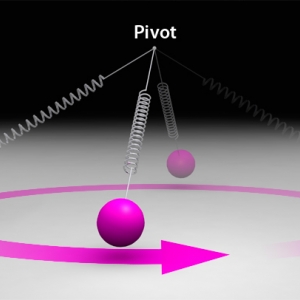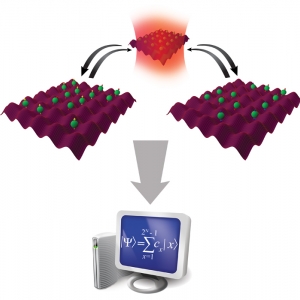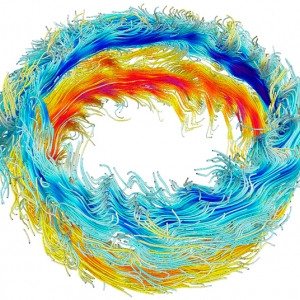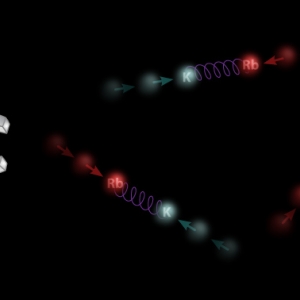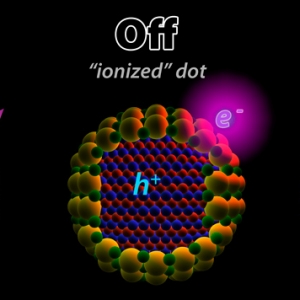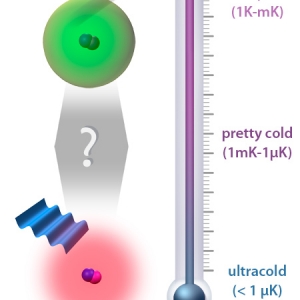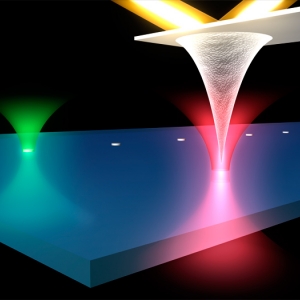Research Highlights
Displaying 341 - 360 of 473
Astrophysics
First Light
PI(s):
Peter Bender | Phil Armitage
Biophysics | Chemical Physics
Stretched Thin
PI(s):
Ralph Jimenez
Atomic & Molecular Physics | Precision Measurement
The Coldest Horse in the Race
PI(s):
John Bohn
Astrophysics
Crafting Star Systems like Our Own
PI(s):
Phil Armitage
Atomic & Molecular Physics | Precision Measurement
Buried Treasure
PI(s):
Dana Anderson | Eric Cornell
Precision Measurement
Fermions in Collision?
PI(s):
Jun Ye
Atomic & Molecular Physics
Fortune’s Bubbles Rise and Fall
Atomic & Molecular Physics
Extreme "Sheep" Herding
PI(s):
Chris Greene
Atomic & Molecular Physics
Rave Reviews for the Efimov Quartet
PI(s):
Chris Greene
Astrophysics
Cloud Tripping Through the Milky Way
PI(s):
Jeffrey Linsky
Astrophysics
Attack of the Blobs
PI(s):
Mitch Begelman
Atomic & Molecular Physics | Nanoscience
Holy Monodromy!
PI(s):
Heather Lewandowski
Chemical Physics
A Light Changing Experience
PI(s):
J. Mathias Weber
Laser Physics | Nanoscience | Precision Measurement
The Right Stuff
PI(s):
Jun Ye
Astrophysics
Spinning Out Starspots
PI(s):
Juri Toomre
Atomic & Molecular Physics
Free Association Tunes
PI(s):
Deborah Jin
Biophysics | Chemical Physics | Nanoscience
It Takes Two to Tango
PI(s):
David Nesbitt
Atomic & Molecular Physics
Altered States
PI(s):
John Bohn
Laser Physics
Meet the JILA MONSTRs
PI(s):
Steven Cundiff | Ralph Jimenez
Biophysics | Nanoscience
How to Marry a Microscope
PI(s):
Thomas Perkins




